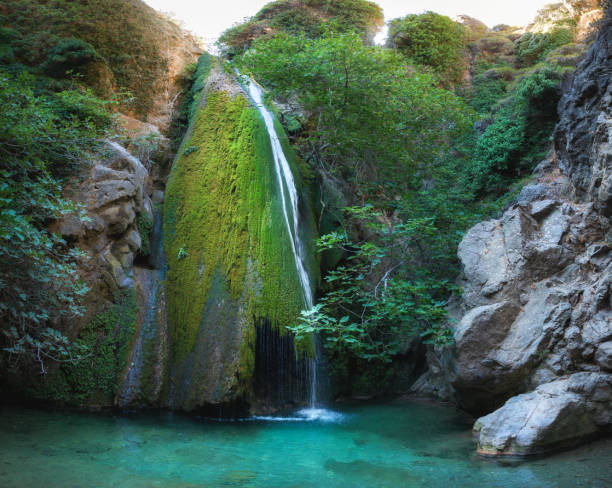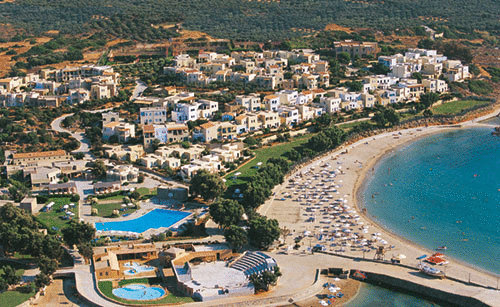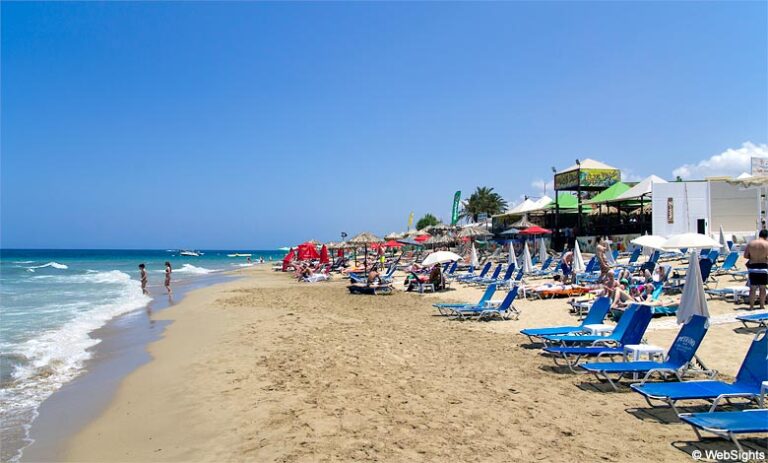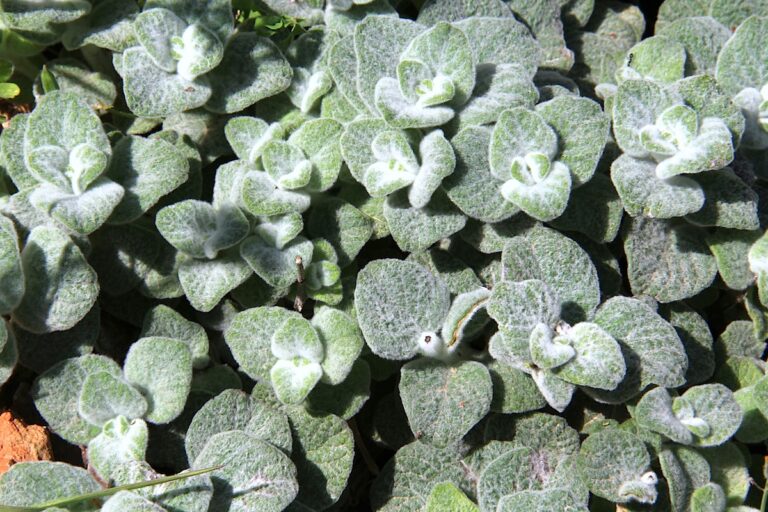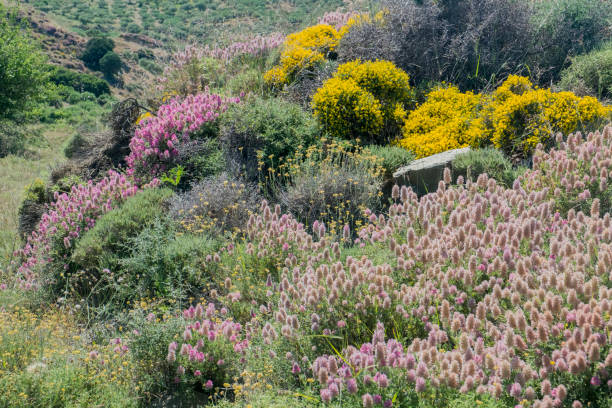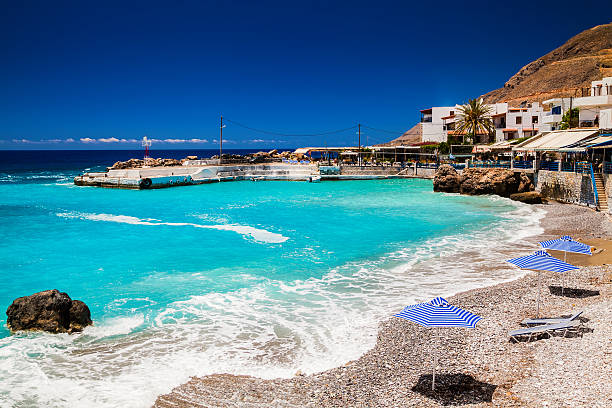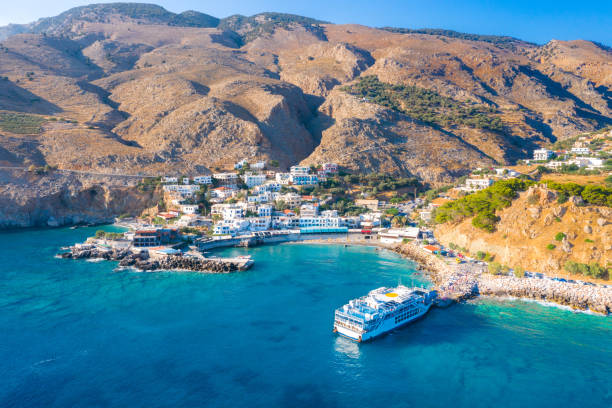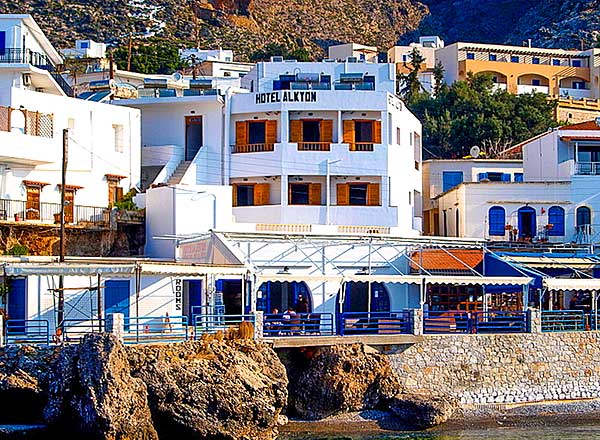Crete, the largest island in Greece, is known for its rugged terrain, towering mountains, and stunning gorges....
Month: February 2023
Located in the region of Chania in Crete, Greece, Vamos Village is a charming and picturesque destination...
Crete, the largest and most populous of the Greek islands, has a rich history and mythology that...
Paralia Malia is a popular tourist destination located on the northern coast of Crete, Greece. It is...
Dittany of Crete is an herb that is native to the island of Crete, Greece. It is...
Dittany of Crete, also known as Origanum dictamnus, is a rare and aromatic plant that grows exclusively...
Crete, the largest island in Greece, is famous for its Mediterranean climate, beautiful beaches, and rich cultural...
Chora Sfakion is a picturesque village located on the southern coast of Crete, Greece. It is a...
Hora Sfakion is a small village located in the southwestern part of the Greek island of Crete....
Nestled in the charming village of Chora Sfakion, on the southern coast of Crete, the Hotel Alkyon...
